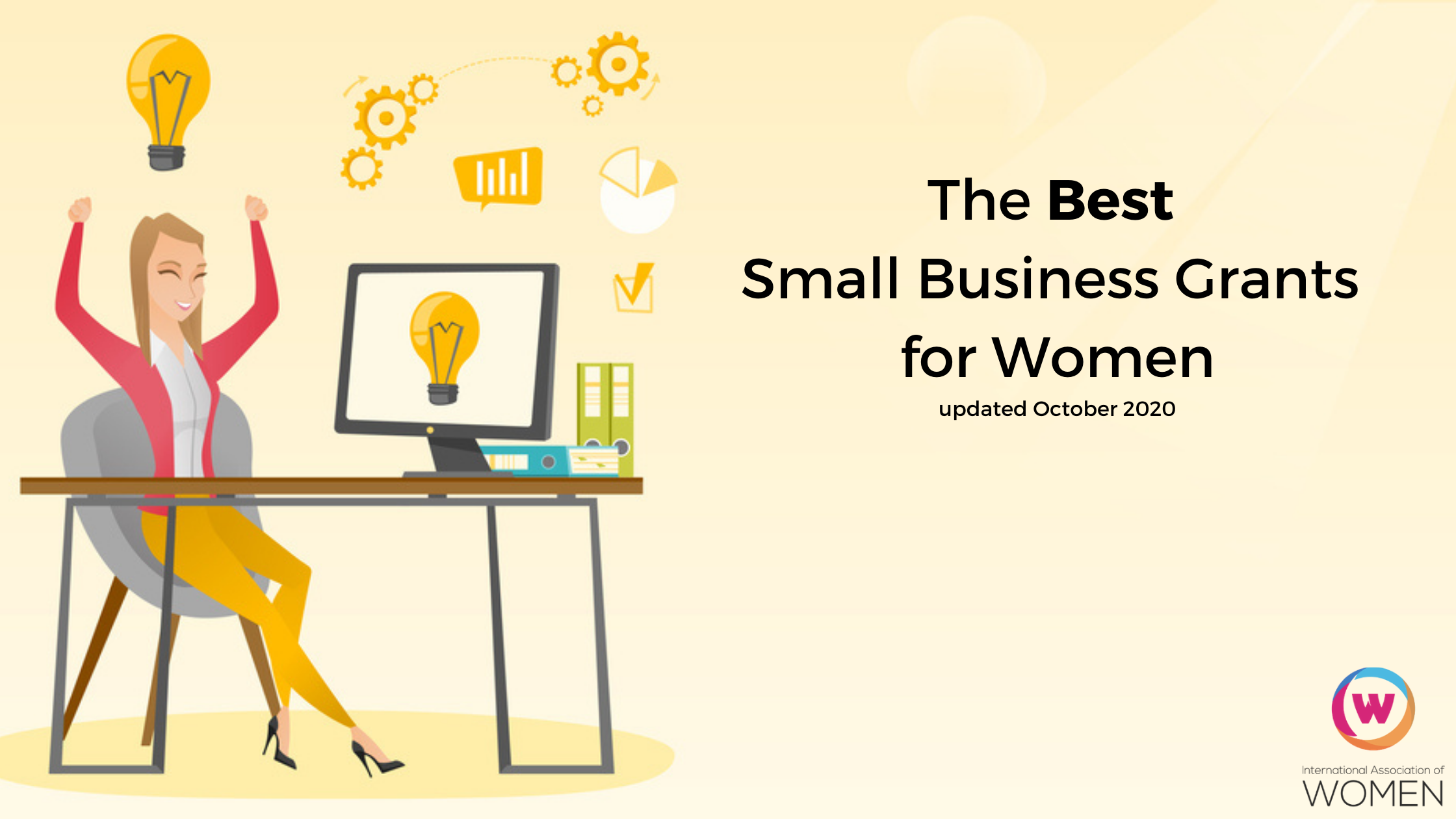As a woman entrepreneur, starting and growing a small business can be a challenging but rewarding experience. However, accessing capital to fund your venture can be a significant obstacle. Fortunately, there are numerous small business grants available specifically for women, designed to provide the financial support and resources needed to succeed. In this article, we will explore the world of small business grants for women, including the types of grants available, the eligibility criteria, and the application process.

Types of Small Business Grants for Women
There are various types of small business grants available for women, catering to different industries, business stages, and demographic groups. Some of the most popular grants include:
- The Small Business Administration (SBA) Grants: The SBA offers several grant programs for women, including the Women’s Business Centers (WBCs) and the Microloan Program. WBCs provide training, counseling, and access to credit for women entrepreneurs, while the Microloan Program offers small, short-term loans to start or expand a business.
- The National Association for the Self-Employed (NASE) Growth Grants: The NASE Growth Grants provide up to $4,000 to support business growth and development, including marketing, advertising, and equipment purchases.
- The Amber Grant: The Amber Grant is a monthly grant program that awards $1,000 to $10,000 to women butchery, culinary arts, or other female-dominated industries.
- The Girlboss Foundation Grant: The Girlboss Foundation Grant offers $15,000 to $30,000 to support women-led businesses in the creative and entrepreneurial fields.
- The Cartier Women’s Initiative Awards: The Cartier Women’s Initiative Awards recognize and support women entrepreneurs who are making a positive impact on their communities, with a grant of $100,000 and a year of mentoring and networking opportunities.
Eligibility Criteria
To be eligible for small business grants for women, applicants typically need to meet certain criteria, including:
- Business ownership: The business must be owned and controlled by a woman (or women).
- Business stage: Grants may be available for start-ups, early-stage businesses, or established businesses looking to expand or grow.
- Industry: Some grants are industry-specific, while others are open to businesses across various sectors.
- Location: Some grants may be limited to businesses located in specific regions or communities.
- Revenue and employment: Grants may require businesses to meet certain revenue or employment thresholds.
Application Process
The application process for small business grants for women typically involves submitting a proposal or application that includes:
- Business plan: A comprehensive business plan outlining the business model, market analysis, financial projections, and growth strategy.
- Personal statement: A personal statement or essay explaining the applicant’s entrepreneurial journey, business goals, and motivations.
- Financial information: Financial statements, including income statements, balance sheets, and cash flow projections.
- Supporting documents: Additional documents, such as tax returns, licenses, and certifications, may be required to support the application.
Tips for Applying
To increase the chances of securing a small business grant for women, consider the following tips:
- Research and targeting: Research the grant programs and target those that align with your business goals and industry.
- Strong business plan: Develop a comprehensive and well-written business plan that demonstrates a clear understanding of the business and its potential.
- Clear and concise application: Ensure the application is well-organized, easy to read, and free of errors.
- Follow-up: Follow up with the grant provider to confirm receipt of the application and to inquire about the status of the review process.
Frequently Asked Questions (FAQs)
Q: What is the typical amount of a small business grant for women?
A: Grant amounts vary widely, ranging from $1,000 to $100,000 or more, depending on the program and the business needs.
Q: How long does it take to receive a grant?
A: The review and approval process can take several weeks to several months, depending on the grant program and the volume of applications.
Q: Can I apply for multiple grants at the same time?
A: Yes, it is possible to apply for multiple grants simultaneously, but be sure to review the eligibility criteria and application requirements for each program carefully.
Q: What are the tax implications of receiving a grant?
A: Grants are generally considered taxable income, but it’s essential to consult with a tax professional to understand the specific tax implications for your business.
Q: Can I use a grant to pay off debt or cover existing expenses?
A: Grant funds are typically intended to support business growth and development, rather than paying off debt or covering existing expenses. However, some grant programs may allow for debt repayment or expense coverage, so it’s essential to review the grant terms and conditions carefully.
Conclusion
Small business grants for women can provide a vital source of funding and support for female entrepreneurs, helping to overcome the unique challenges they face in the business world. By understanding the types of grants available, the eligibility criteria, and the application process, women entrepreneurs can increase their chances of securing the funding they need to succeed. Remember to research and target grant programs that align with your business goals and industry, develop a strong business plan, and follow up with grant providers to ensure a smooth and successful application process. With the right funding and support, women entrepreneurs can achieve their full potential and make a meaningful impact on their communities and the economy.
Closure
Thus, we hope this article has provided valuable insights into Empowering Women Entrepreneurs: A Guide to Small Business Grants for Women. We hope you find this article informative and beneficial. See you in our next article!